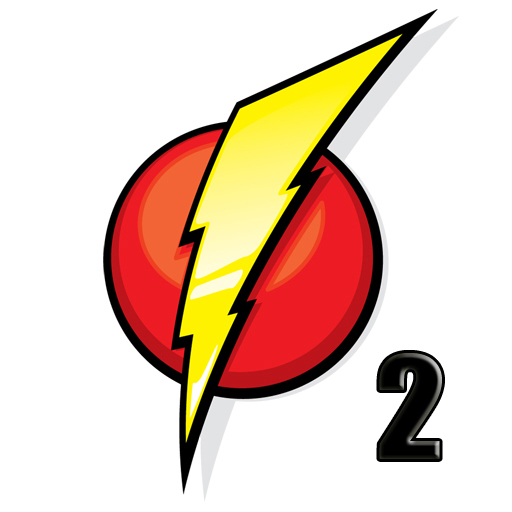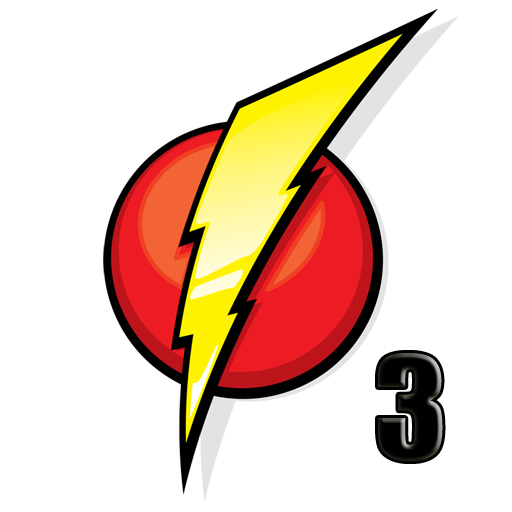App Description
Solving a Belt and Pulley Design problem is straightforward but can become complicated without much effort. This simulator is designed to help simplify your calculations in an easy to use format. Many times you may not know exactly what size the pulley should be or what the belt length is. The program starts with a design using pulleys in which you can adjust the variables and see what happens. As the user changes the diameter on the primary or secondary pulleys designated as Pulley 1 and Pulley 2 the graphics change to show the relative size of the belt and pulley arrangement. A help screen and glossary screen are provided to help in defining the terms used. Formulae are also provided for those that need more detail or want to do further calculations on their own. The calculated values for pulley 1 and 2 pitch diameter and center distance change when the user changes the variables by just a little bit. This helps to understand how the Equations work. All values change as the user inputs values either by keyboard or UP/DN adjusters. A solve for selection allows the user to solve for Ratio, Pulley 1, Pulley 2 or distance between centers given a belt length. In this way the user has more flexibility in solving the problem when not all the variables are known. When you are done simply Email the design results to your home base to be opened in any text editor or spreadsheet. The program warns for division by zero and sets a value to near zero if an input should not be set to zero. It also warns for pulleys touching each other caused by a short center distance. Works for flat timing belts “V belts and other belting systems because it uses the pitch diameter. This program is a must for Students and Engineers. It makes the complex understandable. Simply the best Belt and Pulley Design Simulator.
Features:
- Updates as You Edit
- Number Pad Digital Entry
- Division by Zero warning, Pulleys touching warning
- Solve for Ratio, Pulley 1, or Pulley 2 pitch diameter and center distance
-Calculates Pulley ratio, belt length and belt angle.
-Imperial or Metric units
- Shows a graphical representation of the pulley arrangement.
- Shows Formulae used in calculations.
- Help Screen, Glossary, Email Results.
Example: Pulley 1 is 6 inches and pulley 8 inches. Solve for the pulley ratio and belt length.
Details: Set the pulley size either by the adjustor or click on the text field and enter by keypad. Note that the formula at the top says that the ratio is pulley2 dia/pulley1 dia. The ratio then becomes 1.33 and the belt length with a center distance of 14 inches is 50 inches. The choice of belt and pulley types can be the user choice. Adjusting the distance between pulley centers increases the belt length.
Try using the Solve For: selector to solve pulley1 knowing the ratio and pulley 2 or solve for pulley2 or solve for the distance between centers knowing the belt length. This is noteworthy because we know that belts usually come in fixed lengths, so knowing the length what is the approximate distance between centers. Note also that if the user uses a longer belt a tensioner pulley can be added. The program is best used with a catalog of common offerings.
Note: As with all complicated computer programs the user is responsible for verification, application and use. Developer accepts no liability. This program is a guide to understanding that uses approximations.
App Changes
- May 22, 2014 Initial release
























































































































































